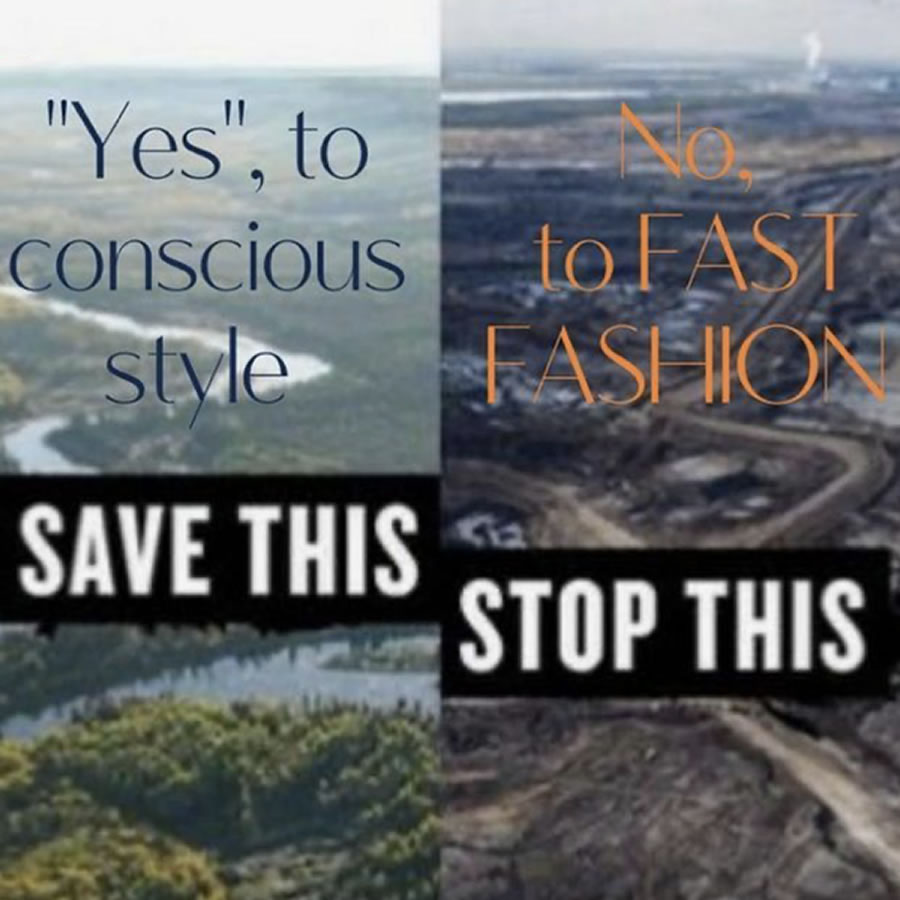Here Are Some Dirty Fashion Facts, The Fashion Industry Doesn’t Want You To Know

Today, fashion & textile production is the world’s second most polluting industry after the oil industry.
- The total greenhouse gas emissions from textile production currently stands at 1.2 billion tonnes annually and accounts for 10% of global carbon emissions.
- It takes 2750 litters of water to make 1 T-shirt. This the amount of water we normally drink over the period of 3 years.
- Buying one new white cotton shirt produces the same emissions as driving a car for 35 miles.


- Did you know that the apparel and footwear industries together account for more than 8 % of global climate impact, greater than all international airline flights and maritime shipping trips combined?
- 97% of the Fashion industry produces overseas.
- The emissions from all the new clothes bought in the UK each month are greater than those from flying a plane around the world 900 times.
- Extinction Rebellion states that 1 billion animals are killed for leather every year. On a human level breeding and killing animals in the name of fashion is simply not acceptable.
- Fashion is the second largest industry when it comes to the use of water – first is agriculture.
-
If the label says Rayon or Viscose, then it is likely you are wearing the rainforest. 3 billion trees disappear into packaging every year and 150 million trees disappear into viscose every year. That figure has doubled since 2013 and is slated to double again within the next 5 to 8 years.
-
Canopy research works to protect our world’s ancient and endangered forests and have found that, increasingly, these forests are being used in the manufacture of dissolving pulp to produce fabrics such as rayon/viscose, modal and lyocell.
-
Clothes are made from ancient forests and 80% has been already destroyed.


- More than $500 billions of value is lost every year due to clothing underutilisation and the lack of recycling, according to the Ellen MacArthur Foundation.
- Every second, the equivalent of an entire garbage truck of textiles is sent to landfill or burned. Based on a report by “The Copenhagen Fashion Summit “ is that fashion is responsible for 92 million tons of solid waste dumped in landfills each year and – nearly 60% of all clothing – ends up in incinerators or landfills within a year of being produced.
- In addition, much of the fabrics used in fast fashion are not biodegradable; many like polyester and polyamide take over a lifetime to break down, further filling up landfills the world over.






